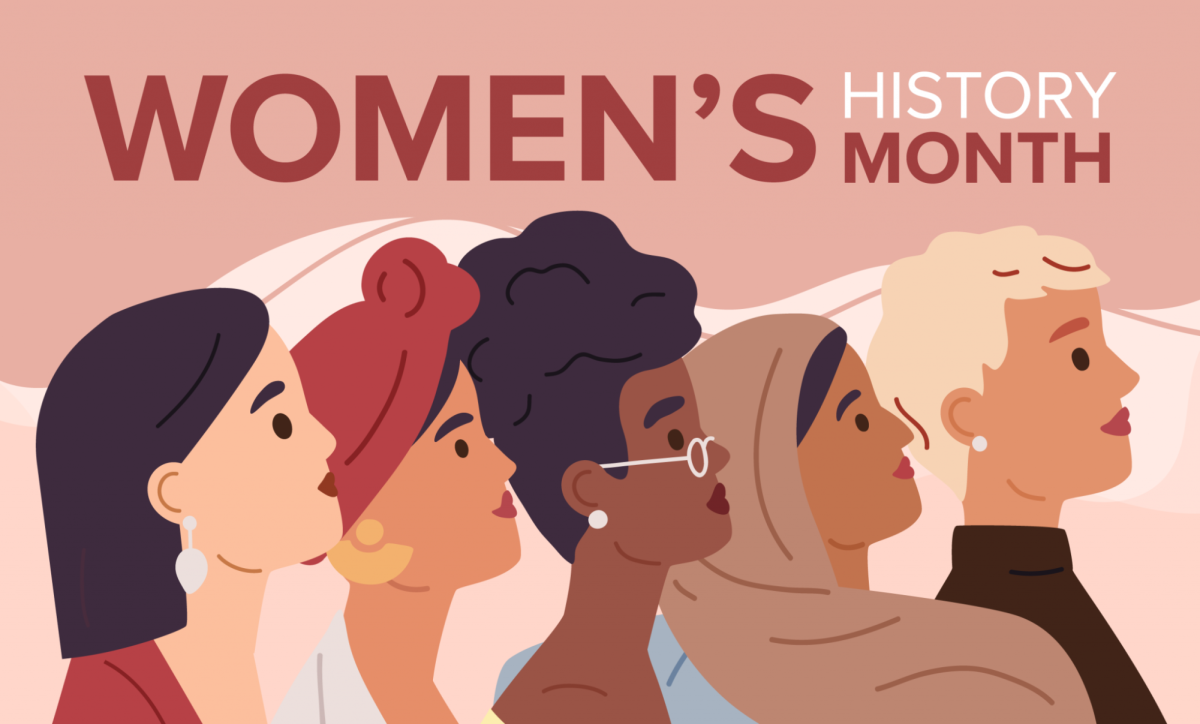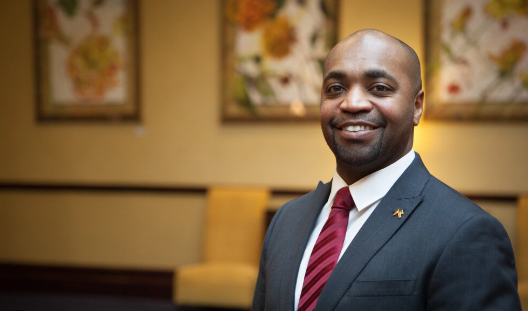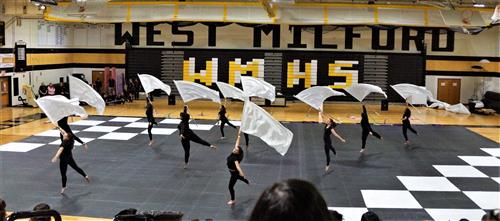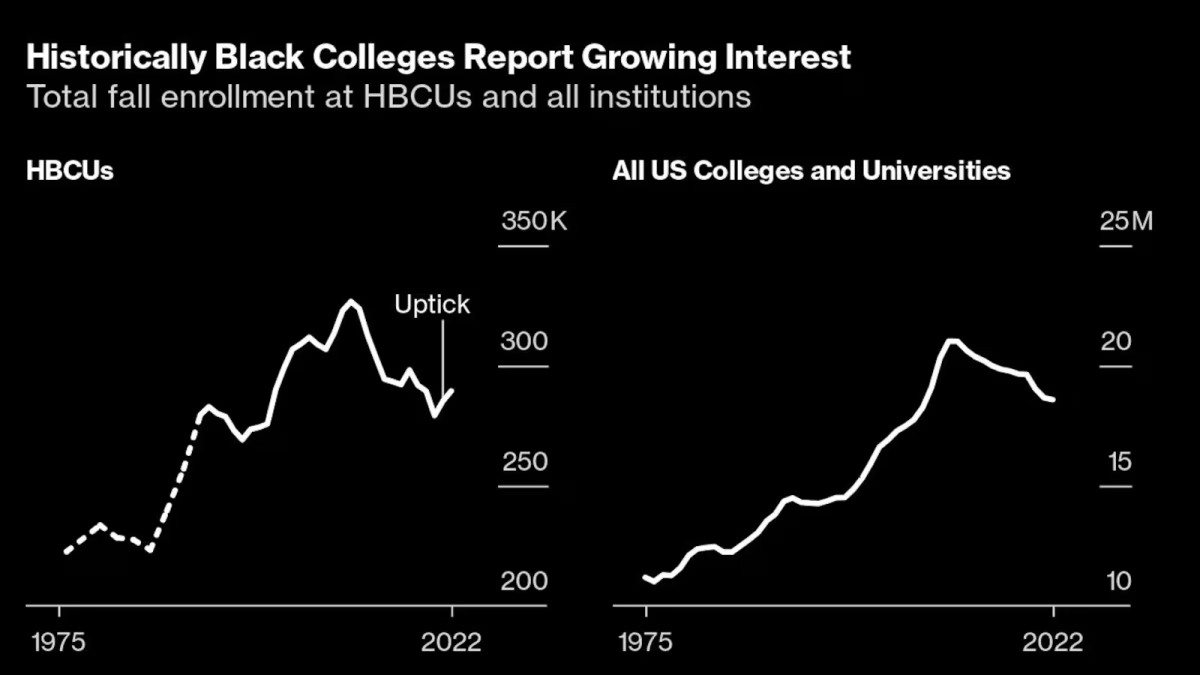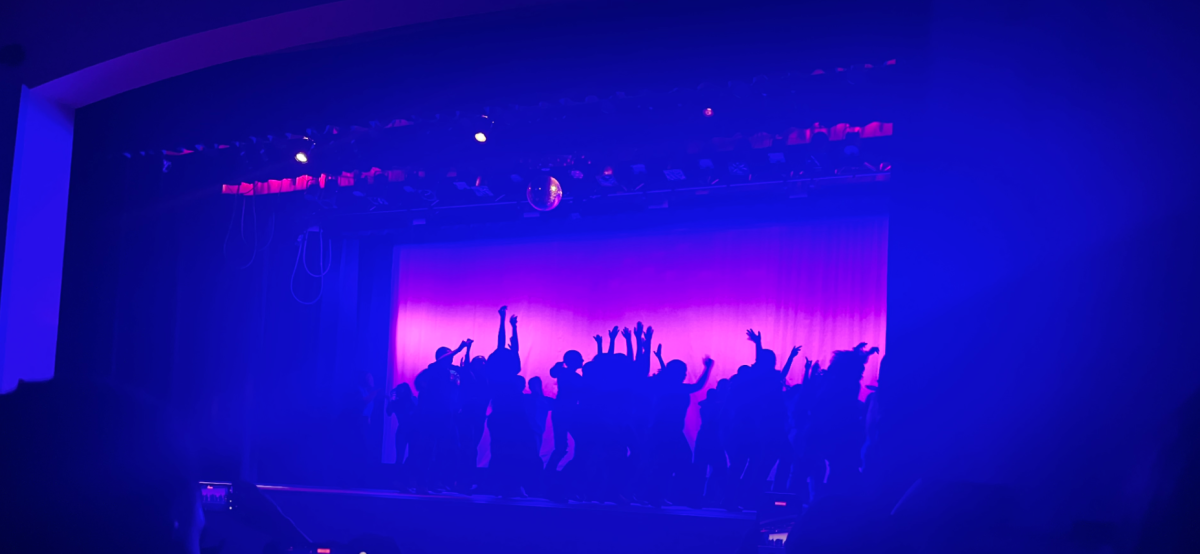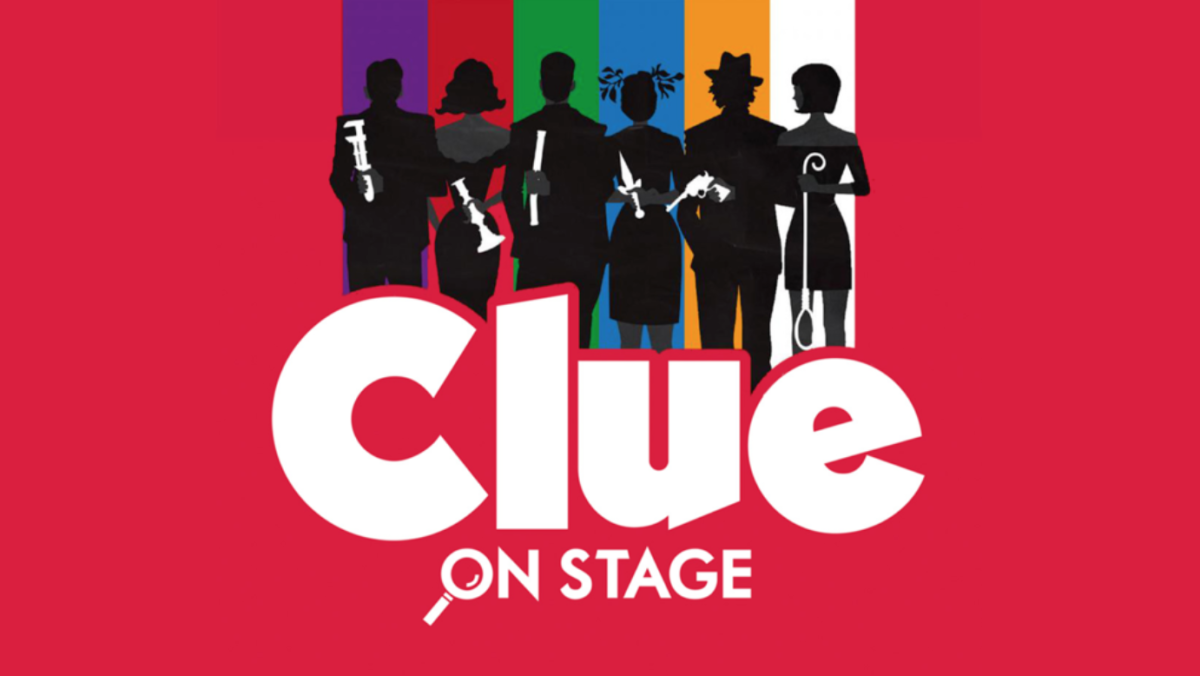Before school had even started, the emails began. Five emails, all about the dress code, were sent out to parents and students of West Orange High School (WOHS), warning them “that [the] WOHS Dress Code Policy [would] be strongly enforced.”
The same email has been sent out for years, a somewhat nerve-racking first message for freshmen and parents, many of whom can be found scouring the pages of the student handbook mere hours before the first day of school.
One parent explained how she felt the emails about the dress code overshadowed the more necessary messages, such as the Welcome Letter from Principal Guerrero and back-to-school information. “I just wish that the message to families and students had been that academics was maybe more important than the dress code,” she states.
When the school year began on September 6th, the dress coding did too. During the first week of school, two school days were shortened to half-day schedules due to extreme heat. The average temperature was 82 degrees for the first nine days of school and classrooms weren’t much cooler. Despite the weather, WOHS staff started the year with a huge crackdown on dress code violators.
In the first few weeks of school, dozens of students every day were pulled out of the halls or before class and reprimanded for what was deemed inappropriate attire. The policing, mainly executed by school security guards and often for “short shorts”, almost exclusively targeted girls who were told to adjust their shorts to fix their length. If they could not be adjusted, the student would be later called out of class by their dean and then issued a lunch detention.
This hyper fixation on the dress code drew the attention of both students and parents who then gathered to speak during the public comment section at the Board of Education Meeting on September 18th. Prior to the meeting, some parents had directly addressed Mr. Moore, the district Superintendent, and Mr. Guerrero, the Principal of WOHS, with their concerns. Moore mentioned at the board meeting that he and Guerrero had plans to form a committee of parents, administrators, and students who would discuss the policy in depth.
The committee has since been formed and is set to meet before the end of October. Principal Guerrero will be the head of the forum. However, he will not lead the committee itself, which aims to be as open as possible to new perspectives. The committee plans to reevaluate the dress code policy completely, building from the ground up a policy that places safety, self-expression, and neutrality front and center.
For the time being, the enforcement of the dress code has been put on a hold. Dress code violations that were called out in September have mostly gone unacknowledged. After the backlash last month, school administrators decided to “[take] a step back”, says Principal Guerrero. The decision to temporarily increase leniency allows administrators “time to go through this process…before moving forward” with the next steps in addressing the policy.
Language of the Dress Code
Currently, the school dress code is written with gender-neutral verbiage, but some question if language automatically equates to equality. Under the dress code section of the student handbook, the school lays out the purpose of the policy, stating that “Student dress choices should respect the District’s intent to sustain a community that is inclusive of a diverse range of identities while maintaining a professional and business-like appearance to the greatest extent possible.” The policy outlines that student professionalism is directly linked to the quality of education, safety, and security in school.
Under this umbrella of professionalism, the dress code prohibits students from wearing the following articles: hats, hoods, visors, sweatbands, bandanas/flags, wave caps, do-rags, non-religious headgear, sunglasses, beachwear, see-through garments, and short skirts or short shorts. The dress code bans students from wearing clothes that “distract from the learning experience,” or that attract “undue attention” and states that certain aspects of the policy administration can judge appropriateness on a case-by-case basis.
This is where many see that a problem lies. The dress code does not define many phrases, including what constitutes as a “distraction”, and instead leaves it up for interpretation by staff.
Currently any staff member at the high school can address a student about the dress code, so this could mean teachers, office administrators, etc. But in most scenarios, individuals are dress coded by security guards. The vagueness of the dress code and its ability to be enforced by various staff members allows it to be rather subjective.
For some, the problem isn’t necessarily with the content of the dress code itself but the way that it is being enforced. “I feel like the only person that should say anything to a child should be a trained counselor who possibly comes to them at the end of the day with a note that they slip them under the table,” says one parent with children in Edison, Roosevelt, and WOHS. She suggests that dress coding should be subtly removed from public shame.
Some parents and students worry that the level at which young students are being watched and criticized under the dress code is harming students’ mental health. One student specified that “the way that we are policed…in a school environment…can be detrimental to our mental state like our self-esteem, self-image, [and] body image.”
In recent years, studies on mental health have increased, and the amount of attention to the youth mental health crisis has revealed the severity of the issue. The CDC reported that “In 2021, more than 4 in 10 (42%) students felt persistently sad or hopeless, and nearly one-third (29%) experienced poor mental health.” Research has shown that Gen-Z is struggling more with mental health than older generations like millennials did at the same age. This is likely in part due to social media exacerbating insecurities, low self-esteem, and self-worth.
What makes matters worse is that some staff members with the ability to dress code students are using unprofessional and inappropriate language in their policy enforcement. One parent approached the board alongside her high school daughter, who had been told that she was “thicker than a snicker” and that she “should not be wearing these shorts.” This student also mentioned that she had been told “no one was looking at my pretty face because they’re just staring at my body.”
Board members acknowledged that students have the right to report staff for inappropriate behavior and board member, Mr. Eric Stevenson, responded to the family stating, “if we have adults that are addressing students in inappropriate ways. I just don’t find that to be something that makes me comfortable.” He went on to state that if “what occurred with this family…is pervasive,” rather than “outlier” then, “…unfortunately, we have a much larger systematic and district level problem that requires some immediate attention.”
The family responded, stating that the situation was pervasive. In fact, dress coding has not only been an issue at the high school level but throughout the entire West Orange Public Schools District. Parents with children currently in elementary school, sixth grade, and middle school have acknowledged that frustration with the dress code isn’t reserved for the high school.
A parent whose daughters attended Gregory Elementary last year recalls that her “fifth-grade daughter was sexualized” when she was dress-coded on pajama day for her midriff being exposed. “She came home and said that was the worst Pajama day of her life. And I promise you she did no learning that day.”
This raises the question, what is more disruptive to learning? Dress code violations or dress codes themselves. At the beginning of the school year, students at Edison Central Six were also gathered at an assembly to specifically address dress code policy.
Despite written promises by the district to ensure that the WOHS “dress code enforcement does not reinforce or increase marginalization or oppression of any group based on race, sex, gender identity, gender expression, sexual orientation, ethnicity, religion, cultural observance, household income, or body type/size,” students and parents feel as though individuals with certain body shapes or fuller figures are at heightened risk of being dress-coded.
Even though in writing the dress code policy is gender neutral, as one parent points out, it also “assumes that all students face the same expectation to the standard of the way their body should appear in the world and to others. It ignores the different social realities that different social groups face and ignores the fact that many of those dress code standards apply only and disproportionately to the female-identified students in our schools.”
Professionalism in School
At WOHS, professionalism is the external driving factor for applying a dress code policy. In an interview with Vice Principal Dr. Chung last spring, Chung explained that the purpose of the dress code is to ensure that students understand that “not every piece of clothing is appropriate” in the world of work. The goal is that the dress code will prepare students for a future in a professional setting. But by narrowing “professionalism” to the coverage of one’s body, some worry that a different message is being sent, especially to female students.
The term “professionalism” has changed dramatically over the course of the last century. Especially in recent years, self-expression has become more heavily integrated into professional settings, and what is accepted as appropriate work attire is changing. Even so, age-old “rules” about dress still control most industries.
Workplace double standards have pounded women for decades and have made first impressions impossible. More masculine-appearing attire may often allow a woman to be taken more seriously in the workplace, though, a more traditionally feminine outfit could be received better even if it means co-workers or bosses may perceive them as less capable.
Dr. Janice Johnson Dias, a West Orange-based author and educator, states that part of what makes girls feel unsafe is the idea that “…those who are in charge of them do not see or value their humanity and those who are in charge of them [reduce] them to their clothing.”
For women, there is not a single established professional outfit that is deemed acceptable for all occasions as a suit is for a man. In 2022, Texas A&M Women’s basketball coach Sidney Carter was slammed for wearing heels, a white turtleneck, and pink leather pants to the court. A fan commented on her outfit stating, “I’m not feeling it at all if she is coaching basketball. Looks like club gear, and you want to be taken serious.” Carter told Yahoo in an interview regarding the backlash that “people are uncomfortable with a black woman being in a power position,” indicating that the racial standards of professionalism are reinforced in dress codes which have historically been used against “black and brown girls”, says Dias.
One West Orange parent concludes that the task of teaching professionalism isn’t the job of an educator who should instead be focused on “…teaching [students] how to think about the world, how to be global citizens, how to understand the scientific concepts and research.” Of course, many argue the contrary, that school is a place to set the tone for the real world and teach responsibility.
Even if the school district’s outward goal is to prepare students for the workplace, the deeply rooted problems of misogyny and racism within professional dress codes cause school dress codes to unintentionally become “surveillance tools”, says Dias, “Schools should be sites of safety. What makes girls unsafe is the idea that they’re being surveilled.” At the high school, many students have acknowledged feeling uncomfortable and as if they are being watched due to dress code reinforcements.
Students and parents argue that if professionalism is of utmost importance to students, then similar standards should be set for staff members, “the whole premise [of the dress code] is about professionalism; we’re teaching kids to be professional. I certainly can go to work and say, you’re ‘Thicker than a Snicker,’ right? That would be called by HR. It’d be totally unacceptable.” says one parent who suggests that professionalism allies to language as well as clothing, “either staff needs training on how to implement [the dress code] or the entire system needs to be revamped just so that girls feel safe and comfortable in school.”
A Solution?
In regards to the inequality of the dress code “our district faces a lot of potential liability,” states parent and West Orange resident Jonathan Redwine, who cited an article from the ACLU which states,
“Even when a dress code appears to be “neutral ” on its face, a public school may violate students’ civil rights by targeting enforcement of its dress code against certain groups of students. For example, public school dress codes that ban “cleavage” or “bra straps” – or impose restrictions on the length of shorts or skirts – are often targeted against girls and invite unnecessary and excessive policing of girls’ bodies in schools. The ACLU has expressed concerns about potential discrimination where a school targeted dress code sweeps against girl students:”
Some, including Dr. Dias and Board of Education Vice President Melinda Huerta, suggest that abolishing the dress code is necessary to offer students, especially those who choose to present feminine, safety in school and begin dissecting larger societal issues connecting to the dress code. “…abolishing the policy on dress code would solve a lot of the problems and I think that it’s one of the easiest problems that we can solve as a board,” says Huerta, “[and] we have to really focus our attention, our time, and our efforts on the things that are really going to matter and impact the performance of our students.”
Huerta, who chooses to dress modestly, goes on to state that, “it takes courage to cover and wear full hijab and go out like that, and I think it takes a lot of courage to go out in a halter top and some six-inch heels…it all takes courage, so this is our battle, it’s a women issue, and it’s something that we have to continue to fight for.”
The committee assembled to address the dress code at WOHS will re-assess the policy from top to bottom with a start-from-scratch mindset. For now, all that can be done is to wait patiently. As the committee continues to evaluate the dress code at WOHS, The Pioneer will monitor the changes made to the policy and its enforcement.


